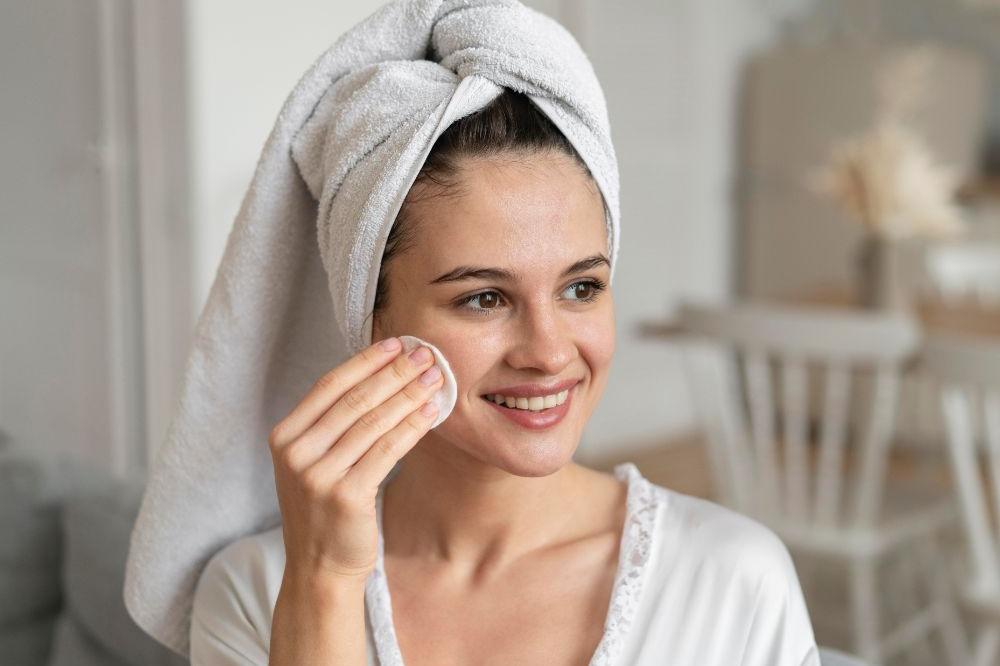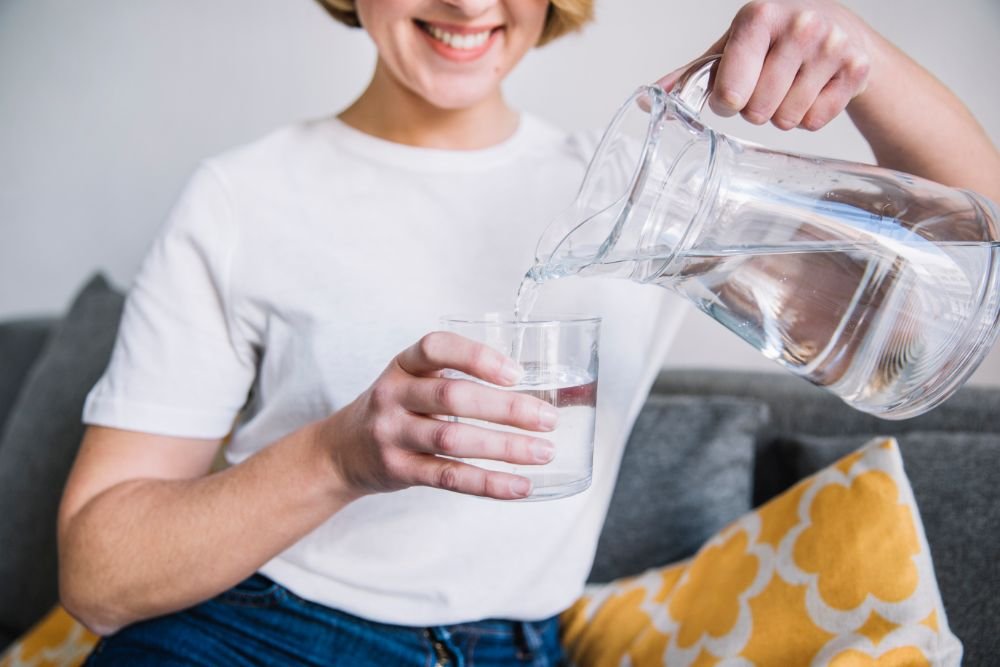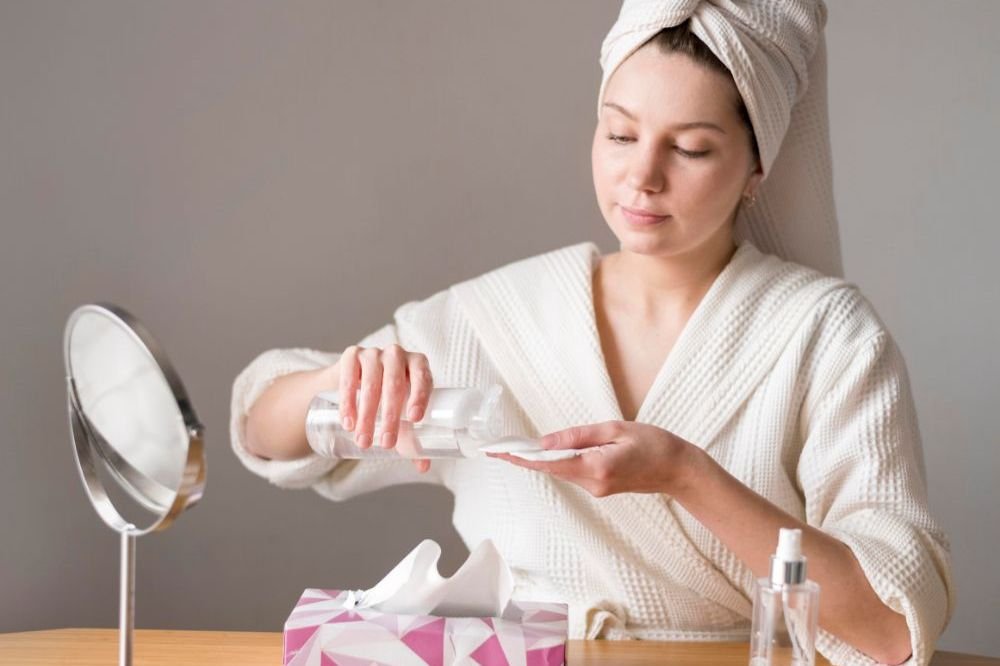If you’ve ever had a rash on your face, you understand how irritating and uncomfortable it can be. But what precisely is a rash on face?
Simply described, it is a disorder that causes redness, itching, and swelling on your facial skin. But there is good news!
Good hygiene can help prevent and manage these uncomfortable rashes on the face.
It’s critical to recognize that facial skin is more sensitive than the skin on the rest of our bodies.
That’s why practicing good hygiene habits tailored for the face is essential.
From washing your face with gentle cleansers to keeping your hands clean, there are simple yet effective habits that can help keep rash on face at bay.
Want to learn more about these helpful hygiene habits? Read on to discover seven easy steps you can take to prevent and manage rash on face.
1. Cleanse Your Face Regularly

Keeping your face clean is essential for preventing rash on the face. Throughout the day, our skin absorbs dirt, oil, and environmental contaminants, which can clog pores and cause discomfort.
By cleaning your face on a daily basis, you efficiently remove these impurities, allowing your skin to breathe and lowering your chances of developing a facial rash.
However, not all cleansers are created equal, particularly for delicate facial skin. Choose gentle cleansers designed exclusively for delicate skin types.
These cleansers are designed to effectively cleanse without stripping away the skin’s natural oils or causing irritation.
Look for ingredients like aloe vera, cucumber extract, or oatmeal, which are known for their soothing properties and can help calm any existing rash on face.
Make cleansing your face a part of your daily skincare routine, ideally in the morning and before bed.
Gently massage the cleanser into damp skin in circular strokes, then rinse thoroughly with lukewarm water.
Pat your skin dry with a soft towel, taking care not to pull or tug at the sensitive skin on your face. Consistent cleansing not only prevents redness on the face, but also maintains a healthy and beautiful complexion.
2. Use Clean Towels and Face Cloths
Not only does what you apply to your face matter, but so does what you use to dry it.
Using filthy towels or face cloths can transfer bacteria, oils, and other irritants to your skin, perhaps worsening a rash or resulting in new breakouts.
To avoid this, use clean towels and face cloths whenever you wash your face.
Choose soft, microfibre towels that are soothing on the skin and absorb excess water without producing friction.
Additionally, consider using a separate towel for your face to prevent cross-contamination from other parts of your body.
Regularly washing your towels and face cloths with a mild detergent and hot water is essential to keep them clean and free from bacteria.
Aim to replace your towels every few days to maintain optimal hygiene and minimize the risk of developing rash on face due to exposure to dirty fabrics.
By prioritizing cleanliness in your skincare routine, you’ll not only protect your skin from irritation but also promote overall skin health and vitality.
3. Hydrate Properly

Dehydration can wreak havoc on your skin, and it’s no different when it comes to preventing rash on face.
When you’re dehydrated, your skin loses moisture, causing dryness, flakiness, and irritation. This can produce an environment in which a rash on the face thrives.
What’s the solution? Hydrate and hydrate! Drinking plenty of water throughout the day is vital for maintaining healthy, beautiful skin.
Aim to drink at least 8 glasses of water every day, but vary according on your activity level, environment, and personal needs.
Remember, your skin is your body’s greatest organ, and it need appropriate water to function properly.
In addition to staying hydrated inside, it is critical to hydrate your skin physically. Using a high-quality moisturizer designed for your skin type will help lock in moisture and avoid rash on your face.
Look for moisturizers with chemicals like hyaluronic acid, glycerin, or ceramides, which are known to attract and hold water in the skin.
Make moisturizing a part of your regular skincare routine, following cleaning and toning. Gently massage the moisturizer into your face and neck in upward strokes, focusing on areas prone to dryness or rash.
This will help maintain your skin elastic, soft, and properly hydrated, lowering the likelihood of developing a rash on your face due to dryness.
4. Avoid Touching Your Face
We have all heard it before: don’t touch your face. But why is this so important?
Touching your face, particularly with dirty hands, can introduce bacteria, oils, and other irritants into your skin. This can cause breakouts, infections, and, as you might expect, a rash on the face.
To avoid this, be aware of when and how you touch your face. Before touching your face, properly wash your hands with soap and water.
When possible, apply skincare products and remove makeup with facial tissues or cotton pads.
These tools create a barrier between your hands and your face, reducing the risk of transferring bacteria and irritants that could lead to rash on face.
5. Avoid Sharing Personal Items
When it comes to preventing rash on face, avoiding sharing personal items is a must. Items such as makeup brushes, towels, and even drinks can harbor bacteria that can easily transfer to your skin and cause a host of skin issues, including rash on face.
Shared cosmetic brushes, for example, can spread oils, dead skin cells, and pathogens from one person’s skin to another.
This can lead to clogged pores and breakouts, which can contribute to rash on face. Similarly, shared towels may contain bacteria and other irritants that might cause skin problems when in contact with your face.
Even sharing drinks can be harmful because bacteria can readily spread from one person’s mouth to the rim of the bottle and then to your skin when you drink from it.
To minimize the transmission of bacteria and lower the chance of developing a rash on your face, avoid sharing personal things whenever feasible.
6. Use Fragrance-Free Products
Fragrances can be pleasant, but they can also be irritants, especially for those with sensitive skin. The chemicals used to create fragrances can cause allergic reactions, redness, and irritation, leading to rash on face.
If you have sensitive skin, you should choose products that include less artificial fragrances or fragrance-free solutions.
This applies not only to skincare products like cleansers and moisturizers, but also to household things like laundry detergent and fabric softener.
By avoiding or limiting your exposure to scents, you can lower your risk of developing a rash on your face and other skin problems.
7. Wash Your Pillowcases Regularly
Believe it or not, your pillowcases can harbor a host of bacteria and skin oil, especially if you don’t wash them regularly.
When you sleep, your skin comes into contact with your pillowcase, and over time, bacteria and oils can build up. This can lead to clogged pores, breakouts, and yes, rash on face.
To avoid this, be sure to wash your pillowcases on a regular basis, ideally once a week. To destroy bacteria and remove oils, combine a mild detergent with hot water.
Consider using a separate pillowcase for your face to avoid cross-contamination with other areas of your body.
By following these hygiene habits, you can significantly reduce the risk of developing rash on face and maintain healthy, clear, and radiant skin.
Consult a Dermatologist
If despite your best efforts, a rash on face persists or worsens, it’s crucial to seek professional help.
A dermatologist is a specialist trained to diagnose and treat various skin conditions, including rash on face.
They can determine the underlying cause of the rash and provide appropriate treatment tailored to your specific needs.
Skin conditions can be complex, and what works for one person may not work for another. That’s why consulting a dermatologist is essential if you’re struggling with a persistent rash on face.
They have the knowledge and resources to properly assess your issue and propose the best course of treatment.
Don’t delay seeking help if you’re experiencing a rash on face that doesn’t improve or seems to be getting worse.
Early action can keep the issue from worsening and help you return to having clear and healthy skin.
Conclusion Hygiene Habits to Prevent Rash on Face
In conclusion, preventing and managing rash on face starts with good hygiene habits. By cleansing your face regularly, using clean towels and face cloths, staying hydrated, and avoiding touching your face, you can significantly reduce the risk of developing rash on face and other skin issues.
It’s also important to use fragrance-free products, wash your pillowcases regularly, and avoid sharing personal items to maintain optimal skin health. However, if a rash on face persists or worsens despite your efforts, consulting a dermatologist is essential.
Remember, everyone’s skin is unique, and what works for one person may not work for another. By adopting these good hygiene habits and seeking professional help when needed, you can achieve healthier and clearer skin.
We’d love to hear from you! Share your own tips and experiences in the comments below. Together, we can help each other achieve healthier, happier skin.





